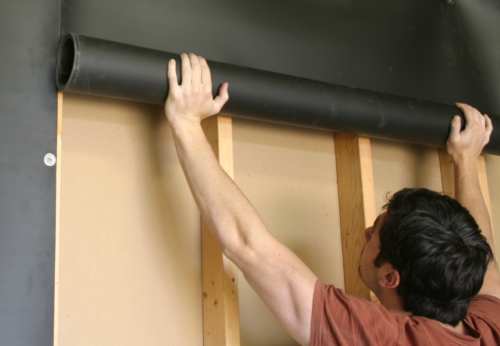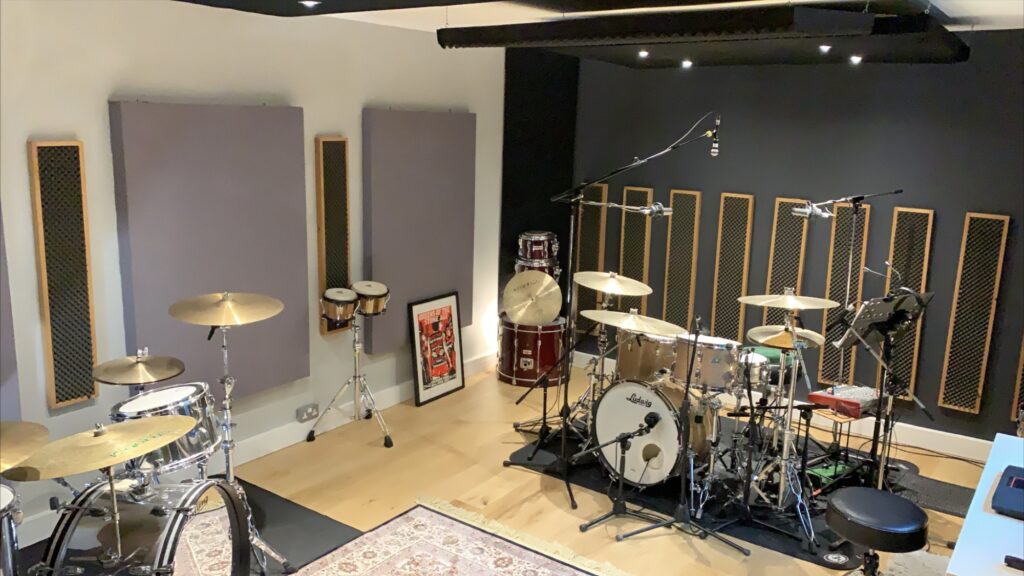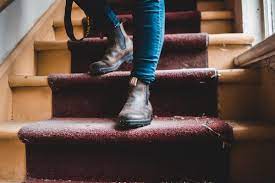Mass Loaded Vinyl (MLV) has gained significant attention in the realm of soundproofing due to its effectiveness in reducing noise transmission. Whether you’re dealing with noisy neighbors, soundproofing a home theater, or looking to improve the acoustic performance of a space, MLV offers a versatile solution. In this article, we’ll delve into the effectiveness of mass loaded vinyl, its applications, installation methods, and address some frequently asked questions
How Does Mass Loaded Vinyl Work?
The effectiveness of MLV lies in its ability to add mass to a structure, disrupting the transmission of sound waves. When sound waves encounter MLV, a portion of the energy is absorbed by the material, while the rest is reflected. This dual mechanism helps in reducing both airborne noise and structure-borne vibrations, making it an ideal choice for various soundproofing applications.
Applications of Mass Loaded Vinyl

Walls and Ceilings:
MLV can be installed beneath drywall or suspended ceilings to enhance their soundproofing capabilities, particularly in shared walls or between floors in multi-story buildings.
Floors:
Placing MLV under flooring materials like hardwood, laminate, or carpeting can help minimize impact noise and airborne sound transmission between levels.
Doors:
Adding MLV to doors can improve their sound-blocking properties, making them more effective at keeping out unwanted noise.
Ductwork:
Wrapping ducts with MLV can reduce the transmission of HVAC noise throughout a building, ensuring quieter indoor environments.
Installation Methods of Mass Loaded Vinyl
Installing MLV requires careful attention to detail to ensure optimal performance. Here’s a general guide:
- Preparation: Clean and dry the surface where MLV will be installed.
- Cutting: Use a utility knife or scissors to cut MLV to the desired size.
- Placement: Apply MLV directly onto the surface or sandwich it between layers of other building materials.
- Sealing: Seal seams and edges with acoustic caulk or tape to prevent sound leakage.
- Fastening: Secure MLV in place using adhesive, staples, or mechanical fasteners, depending on the application.
Contact Waseem Technical Soundproofing Expert in Dubai For Mass Loaded Vinyl Services: +971 50 209 7517
Conclusion:
Mass Loaded Vinyl is a highly effective soundproofing material with versatile applications in residential, commercial, and industrial settings. By understanding its principles of operation, proper installation techniques, and addressing common questions, you can make informed decisions when incorporating MLV into your soundproofing projects. Whether you’re seeking peace and quiet in your home or improving the acoustics of a professional space, MLV offers a reliable solution for controlling noise transmission.
FAQs
1. Is Mass Loaded Vinyl Fireproof?
Most MLV products are not inherently fireproof. However, some manufacturers offer fire-rated versions of MLV that meet specific fire safety standards. It’s essential to check the product specifications and ensure compliance with local building codes.
2. How Thick Should Mass Loaded Vinyl Be?
The effectiveness of MLV depends on its mass rather than its thickness. While thicker MLV may offer slightly better soundproofing performance, even thinner variants can provide significant noise reduction when properly installed.
3. Can Mass Loaded Vinyl Be Painted?
Yes, MLV can be painted using acrylic or latex-based paints. However, it’s essential to use paints that are compatible with vinyl materials and allow the MLV to retain its flexibility and soundproofing properties.
4. Does Mass Loaded Vinyl Block Low-Frequency Noise?
While MLV is effective at blocking airborne noise across a wide range of frequencies, including low-frequency sounds, its performance may vary depending on factors such as thickness, mass, and installation method. For particularly low-frequency noise, additional soundproofing measures may be necessary.
5. Is Mass Loaded Vinyl Toxic?
Most MLV products are safe for indoor use, but it’s crucial to choose products that are free from harmful chemicals such as lead or phthalates. Look for MLV that complies with relevant safety and environmental regulations.




